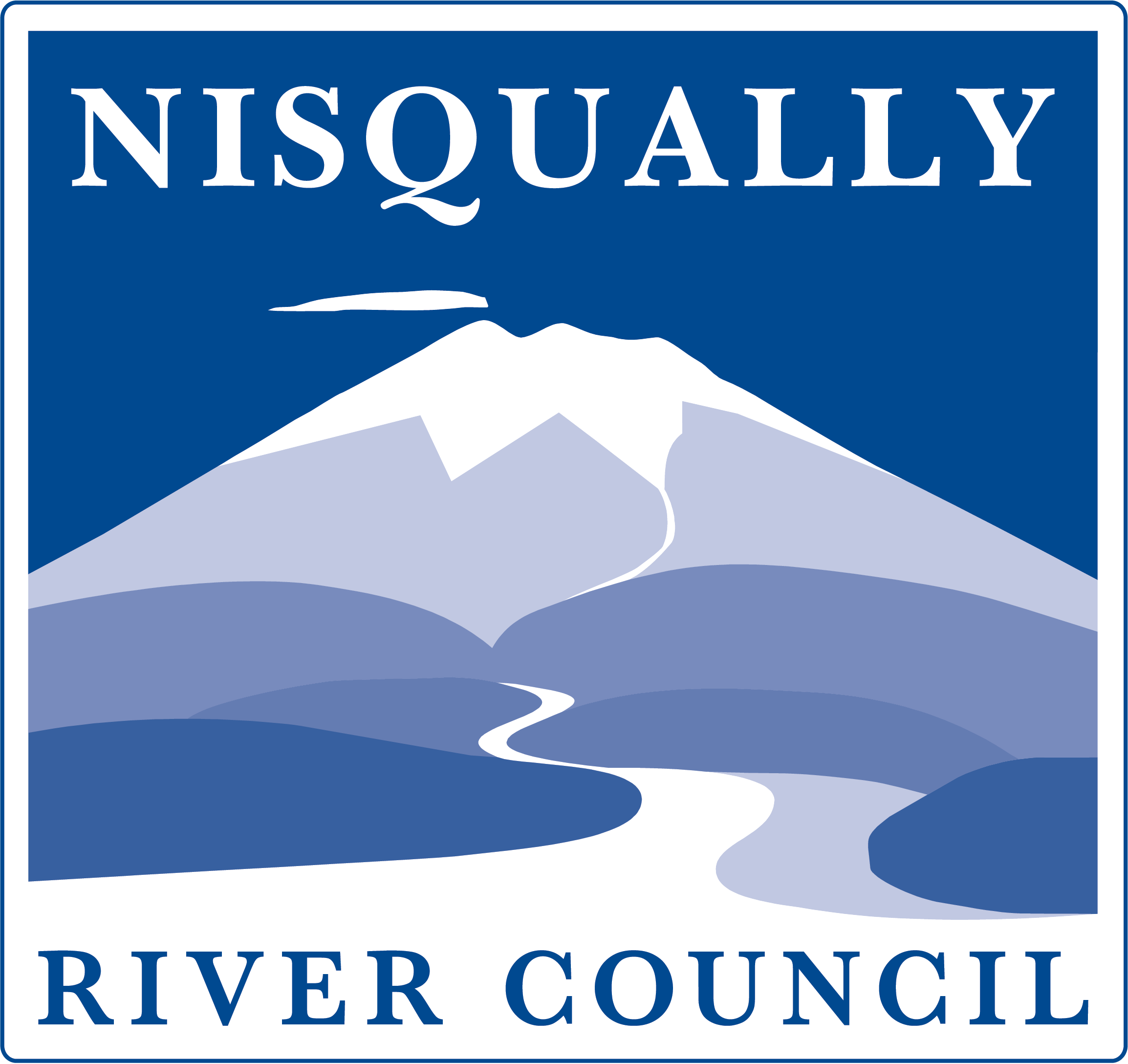Because the Nisqually Valley has so much to offer, there are many more trails and parks in the works! These areas include a new state park, a network of trails connecting communities and the extension of many existing pathways. Take a gander at the planned opportunities. Which would you go to first?
The Nisqually-Mashel State Park
Explore Information
This new state park will allow chances for hikers, bikers, horseback riders, boaters, fishers and campers a chance to visit the confluence of the Nisqually River and its most important tributary: the Mashel River. This will provide the unique opportunity to see spawning salmon return to the rivers annually. In fact, the stretch of river adjacent to the park has some of the highest quality spawning grounds on the entire course of the Nisqually! It’s a great chance to learn more about the importance of healthy rivers, and to connect more deeply with one of Washington’s most treasured species.
Within the park, there will be day use areas, informational kiosks, miles of trails, water access and camping areas. The site for the park is close to Pioneer Farm, Pack Forest, and 30 minutes from Mount Rainier National Park. This offers an amazing chance to spend a weekend away from home, exploring some of the incredible recreational and educational opportunities in the watershed. Likewise, because of it’s convenient location, the Nisqually-Mashel State Park will feature trails that connect to other trails throughout the network!
Mountain Nisqually Heritage Trail Project
Explore Information
The idea behind the Mountain Nisqually Heritage Trail Project is to involve many different organizations and agencies throughout the watershed to create a connected trails network that provides a sense of larger community. In the future, these trails will connect Mount Rainier, the Nisqually-Mashel State Park, UW’s Pack Forest, Northwest Trek, Pioneer Farm and many of the towns in between! This will allow visitors and residents alike to explore new areas, see new things and understand more about the amazing range of terrain within the valley.
Rimrock County Park
Explore Information
Located just north of Eatonville, Rimrock County Park will serve as a day use area, complete with picnic areas, short nature trails and more. The park will also act as an attraction located along regional trails. These trails will lead to Eatonville, along with several other attractions nearby, including the future Nisqually-Mashel State Park.
Train to the Mountain RWT
Explore Information
Eventually connecting Tacoma to Mount Rainier, the Trail to the Mountain Rail With Trail (RWT) will be a 45 mile trail that utilizes old railroad grades. Because of the “reuse” of these grades, the RWT trails are often relatively flat, wide trails, which make them perfect for many uses, accessible to everyone! The construction of this trail is a part of Pierce County’s regional trail plan, in partnership with several other organizations, in the hopes of creating a vehicle-free trail network from the Mountain to the Sound. While portions of the trail are already completed, it has yet to reach the Nisqually Valley–we hope it will be soon!
Nisqually River Trail
Explore Information
Another feature of Pierce County’s regional trail plan is the 13 mile trail running along the Nisqually River. According to the trail plan, this trail will connect to the Trail to Mountain RWT, run through the town of Eatonville, follow the course of the river before connecting back to the RWT trail–essentially forming a big loop.
Eatonville Trail Plan
Explore Information
The town of Eatonville has an extensive trail system in the works. These trails will connect one side of town to the other, along with connecting to regional attractions and trails. Eatonville plans to work with Pierce County and with the Mount Nisqually Heritage Trail Project, so that Eatonville becomes an important partner and stopping point along the way.
Another key aspect of Eatonville’s trail plan is the development of a public green belt. The Mashel River Green Belt will allow for multiple use opportunities, including: public open spaces; trails; and riparian area habitat conservation. Ideally, the trails within the green belt will be wide, paved pathways, accessible for people of all ages and abilities.
